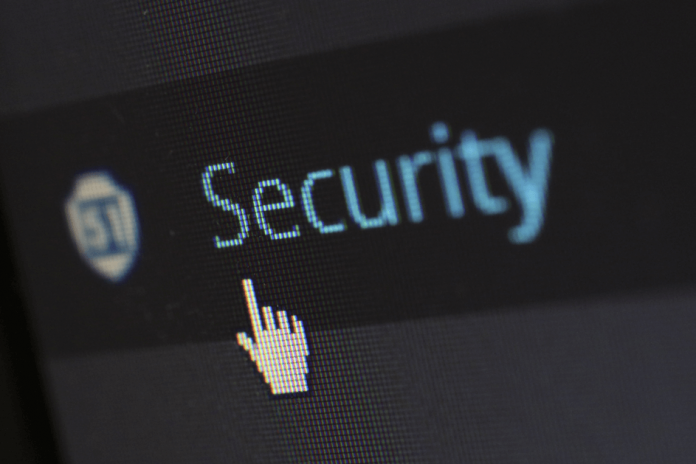Every year, businesses of all sizes suffer from cyber breaches. Big names such as Home Depot, JP Morgan Chase, eBay, and Equifax get all the attention, but it can happen to any company. In the past year, hackers have attacked half of the country’s small businesses, and the number is rising. Most small business owners can’t afford an in-house IT department, so they’re especially vulnerable to phishing attacks and other scams. These attacks are impossible to predict, but most can be prevented. Below are a few ways for business owners to reduce the chances of a serious cyber attack.
Perform Regular Security Assessments
Routine security assessments are a good way to keep everyone accountable for the company’s security requirements. Working with a reliable third-party vendor is an effective way to shore up any vulnerabilities. By making it a daily, monthly, and quarterly process, you’ll catch changes that may have slipped through the oversight and approval process.
Implement Email Filtering Protections
An advanced email filter is one of the most effective threat response solutions because it prevents those threats before they reach the end user. These filters block emails, scan attachments and links, and remove embedded threats. Most malware gets in through email, and a good filter can stop it.
Give Users Strong Passwords
Weak passwords and policies are at the root of many data security problems, including ransomware. According to the 2016 State of SMB Cybersecurity Report, almost 60% of small- to medium-size businesses have no input into employees’ password practices. Furthermore, 65% of businesses with password policies don’t strictly enforce them. With a strong password implementation and hygiene policy, many attacks can be prevented.
Cybersecurity Awareness Training
How likely is the business to be phished? This is an important metric for any business, regardless of size. By 2027, the world’s spending on employee security training is expected to reach $10 billion. When new employees receive cybersecurity awareness training during the onboarding process, the likelihood of phishing attacks drops significantly.
Consider Endpoint Protection
Advanced endpoint protection is drastically different from run-of-the-mill antivirus and malware protection. It takes a multi-faceted approach to the protection of servers and computers. For instance, advanced antivirus uses behavioral heuristics and machine learning, has little effect on computer resources, and can protect against threats from a variety of sources. With endpoint protection software, you can rollback changes and restore files to their previous state.
Update the OS
Most ransomware targets machines using outdated versions of Windows and other operating systems. It’s crucial to keep software updated and to download security patches as soon as possible. Most manufacturers stop supporting OS builds after about ten years, which means that it’s important for you to take steps to secure your devices. Software vendors regularly fix product vulnerabilities, so an up-to-date system is one of the best malware protection methods.
In Closing
It’s impossible to predict how and when a cyberattack will come, but with the tips in this guide, you can greatly reduce your company’s vulnerability. Use these tips to audit your company’s current practices, and once deficiencies are found, you can use various threat response solutions.










